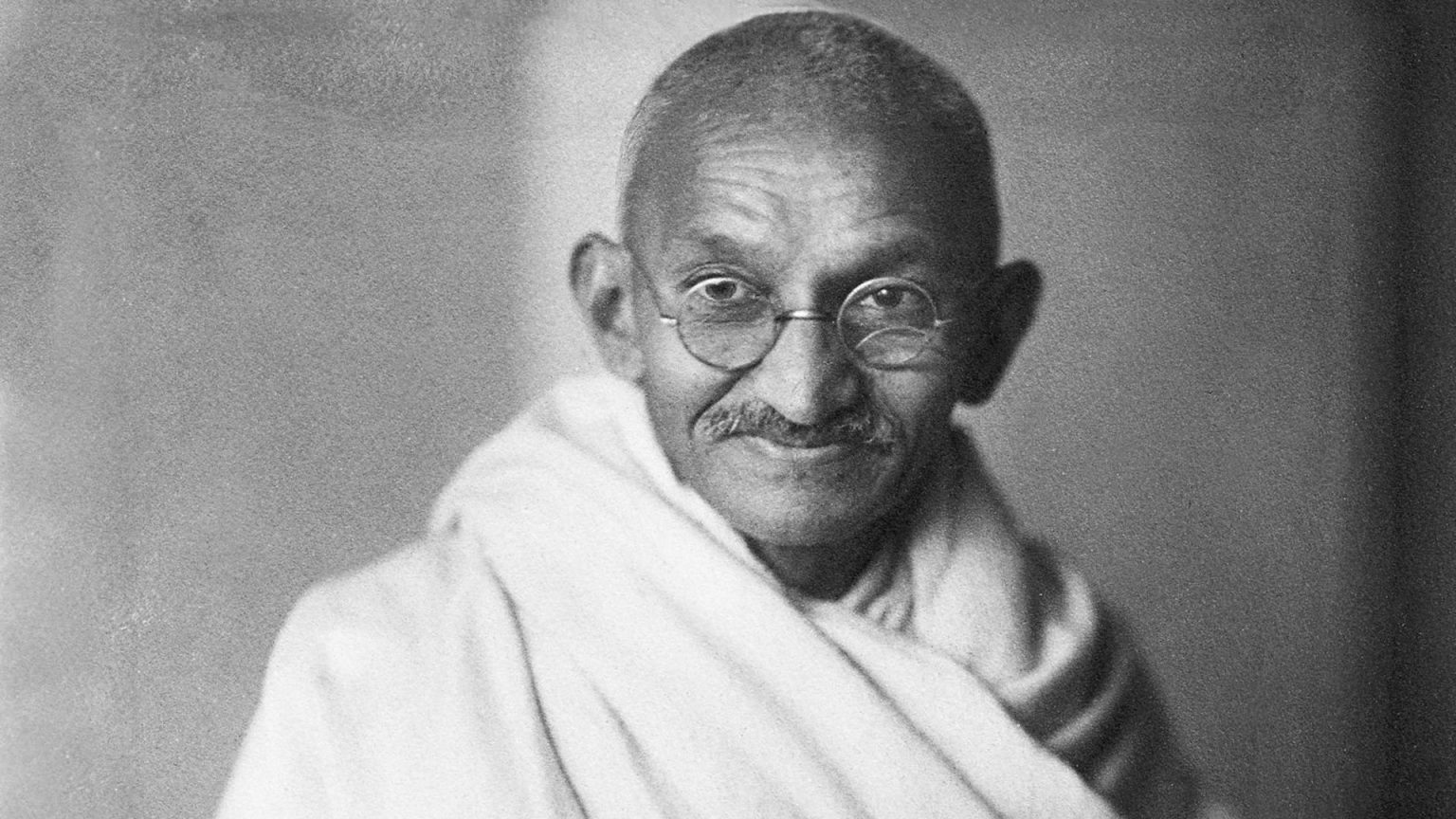The thunderous cries of “Jai Shri Ram” have taken an unsettling turn since the dedication of the Ram temple in Ayodhya, turning into an instrument of hostility directed at Indians who follow faiths other than the majority. This unsettling trend makes one consider Mahatma Gandhi’s viewpoint, especially his observations on these kinds of slogans and the core principles of Rama Rajya.
Gandhi described an incident involving the Rashtriya Swayam Sevak Sangh (RSS) in a moving piece published on August 9, 1942. He discovered that the group’s morning rallies featured anti-Muslim slurs. Every day, some 3,000 members of the RSS practiced lathi drills while chanting, “Hindustan belongs to Hindus and to nobody else.” Gandhi vehemently disagreed, stating that India is a country as much for non-Hindus as it is for Hindus, Parsis, Beni Israels, Indian Christians, and Muslims. He was passionately against the idea of an India that is Hindu-centric and in favour of an India that is representative of its whole population, regardless of religious differences.
Observing the tragic event of Mahatma Gandhi’s martyrdom day on January 30, 2024, his comments are poignant given the current misuse of the phrase ‘Jai Shri Ram’ against religious minorities in India. Gandhi’s view of Ram Rajya, which he presented at Bhopal on September 10, 1929, differs significantly from the theocratic meaning that some people enforced during the temple’s consecration in Ayodhya.
Gandhi explained that his idea of Ram Rajya was not the same as Hindu Raj but rather the Divine Kingdom, in which Rama and Rahim, the gods of Islam and Hinduism, respectively, were one and the same. Declaring his loyalty to the god of truth and righteousness alone, he envisioned a pure democracy ruled by Ram Rajya, where the poorest citizens could easily obtain justice and it would happen quickly.
This inclusive idea of Ram Rajya contrasts sharply with the previous calls made during the Ayodhya ceremony for a Hindu Rashtra. It is distressing that no one objected to such a divisive statement at a gathering that Prime Minister Modi attended, given that Gandhi had rejected this idea as early as 1929.
Gandhi believed that Rama Rajya should encompass not only political reform but also the equitable use of power and authority. He stressed in an article published on October 20, 1929, that true swaraj, or self-rule, entailed the people holding the power and it being ruled by justice and truth. This transcending religious border he called ‘Ramarajya’, the reign of dharma.
But in contemporary India, the structures designed to check executive power have been undermined, giving rise to unchecked power. It is ironic that references to Ramayana are used in modern political discourse, given this divergence from Gandhi’s idea of a restrained power structure.
Gandhi defined Ram Rajya in a variety of ways, including political and religious aspects. He made a connection between his vision of Ram Rajya and his wish to live for 125 years when asked about the former. He said that his longevity hinged on selfless service. In terms of politics, Ram Rajya stood for an ideal democracy that eradicated disparities based on gender, ethnicity, or possession. It envisioned a society in which the people owned the land and the state, guaranteeing swift, perfect, and affordable justice in addition to freedom of the press, of expression, and of religion.
This interpretation of Ram Rajya invites reflection on the present situation in India, particularly with regard to press freedom. Gandhi’s vision of an unconstrained press is at odds with reality, since India is ranked a pitiful 161st in the world in terms of press freedom. Gandhi’s idea and the current situation are so different that the current leadership’s actions need to be reevaluated.
The self-imposed rule of moral restraint typified Gandhi’s concept of Ram Rajya, which is far different from the majoritarianism and impunity that exist in modern-day India. Gandhi’s teachings must be reviewed in light of the reverberations of “Jai Shri Ram” throughout the country. It is also critical to work towards an India that respects the values of justice, equality, and religious plurality.
